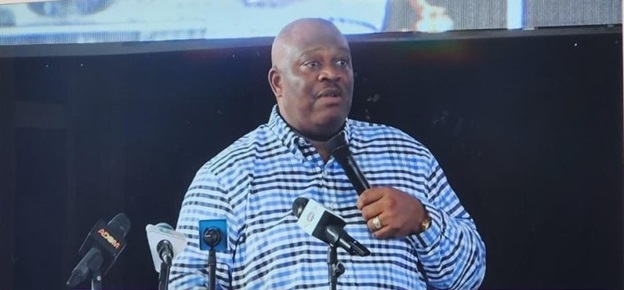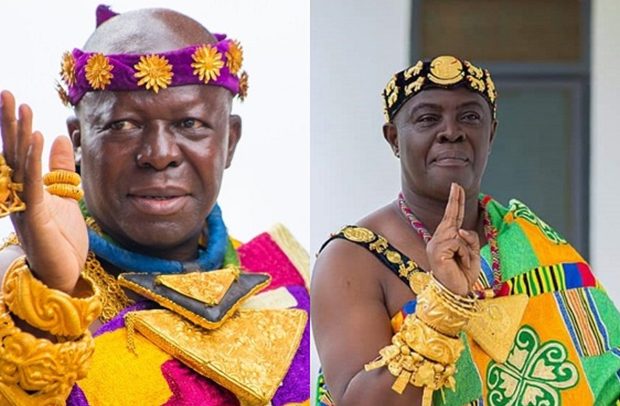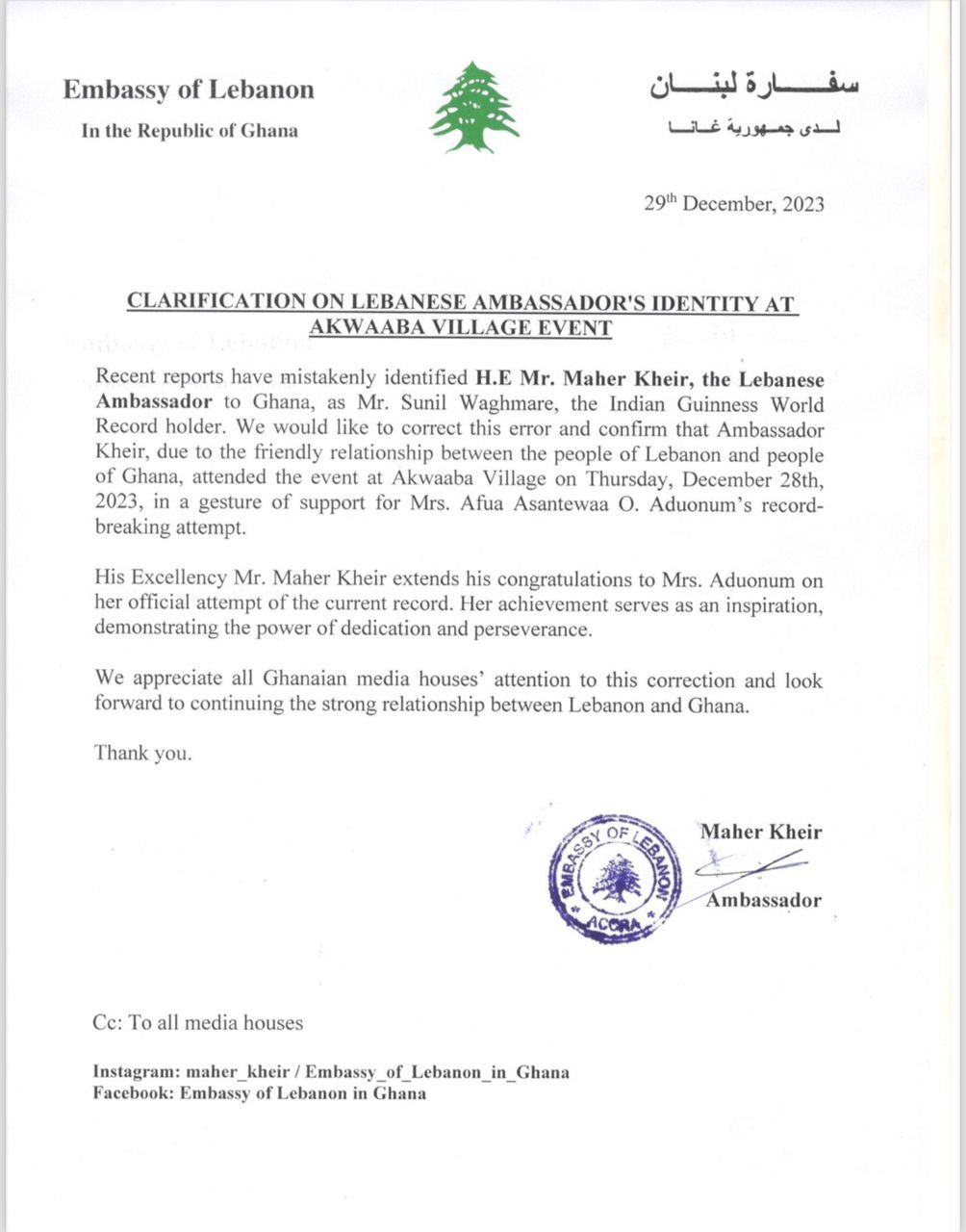

A new movie suggests that the superhero was inspired by a steamy three-way— but the truth is a lot more complicated than that.
Following the tremendous success of Wonder Womanthis summer, people have primarily focused on two things: 1) Gal Gadot's kickass turn as as the eponymous heroine, and 2) how to actually pronounce the name Gal Gadot.
(Hint: you are probably doing it wrong.) Now, a new movie is focusing on the bizarre life and relationships of William Moulton Marston, the creator of Wonder Woman.
Premiering in October, Professor Marston and the Wonder Woman tells the story of Marston (Luke Evans), a psychologist and academic who enters into a polyamorous relationship with his wife Elizabeth (Rebecca Hall) and a passionate student named Olive Byrne (Bella Heathcote).
Unsurprisingly, many news outlets have taken the threesome angle in their coverage of the upcoming film, with Vulture breathlessly reporting that “a kinky threesome" was responsible for the creation of Wonder Woman. While the trailer’s sensuous shots of Heathcote and Hall embracing certainly make it seem that way, the historical record indicates that the truth is actually more complicated.
According to Harvard historian Jill Lepore’s The Secret History of Wonder Woman, which ostensibly acts as the source material for Professor Marston and the Wonder Woman, it is true that Marston spent decades in a polyamorous relationship with his wife Elizabeth, a brilliant yet frustrated academic, and his research assistant Olive Byrne. According to Lepore’s book, Marston fell in love with Byrne and gave his wife an ultimatum: either she would live with them, or he would leave. Eventually, Elizabeth relented, and the three came to something of an agreement: Elizabeth would work outside the household and support the family, while Byrne would raise the children (two of which she bore to Marston).
It is true that the creator of Wonder Woman was in a secret polyamorous relationship with his wife and another woman — a situation that, while not unheard of, would be considered shocking even by today’s standards. (Lepore also suggests that at one point, a third woman entered the arrangement.) But there is a distinction between polyamory and group sex, and despite the trailer’s soft-focus shots of Sapphic love and BDSM paddles, there’s no evidence in Lepore’s book to suggest that Elizabeth Marston and Olive Byrne had a sexual relationship of any kind. (We do know, however, that Holloway and Byrne had their own adjoining bedroomsso Marston could travel back and forth between both without attracting their children’s notice — a scenario that most dudes would probably love, but seems somewhat implausible from an architectural layout perspective.)
It’s also not exactly accurate that Marston’s relationship with these women served as the inspiration for Wonder Woman. (In fact, Marston denied that his wife and partner played any role in the inspiration for Wonder Woman, other than the fact that Byrne wore heavy bracelets, as Diana Prince did.) For a guy who was super into tying ladies up, Marston was a strong believer in female supremacy, selling the comic strip to his publisher only on the condition that it highlight “the growth in the power of women.” In fact, he freely admitted that Wonder Woman was “psychological propaganda for the new type of woman who, I believe, should rule the world”: strong, sexy, and above all else, powerful. The resulting comic strip was a mixture of Greek mythology, early 20th century feminism, and, yes, BDSM (As a researcher, Marston was interested in sexual dominance and submission; he was also almost comically exacting when dictating to the comic artist what types of bonds should be used to tie Wonder Woman up.)
So while the threesome angle might make for a good story or a steamy trailer, it’s not exactly accurate to say that Wonder Woman was inspired by a bunch of sexy early 20th century feminists going down on each other. It is, however, fair to say that Marston’s sexual proclivities were fascinating, and his ideas about sex and relationships ahead of their time, if not exactly applicable to everyday life. (You try convincing your wife to let you have sex with another woman in the name of feminism.)
A new movie suggests that the superhero was inspired by a steamy three-way— but the truth is a lot more complicated than that. Read Full Story

























Facebook
Twitter
Pinterest
Instagram
Google+
YouTube
LinkedIn
RSS